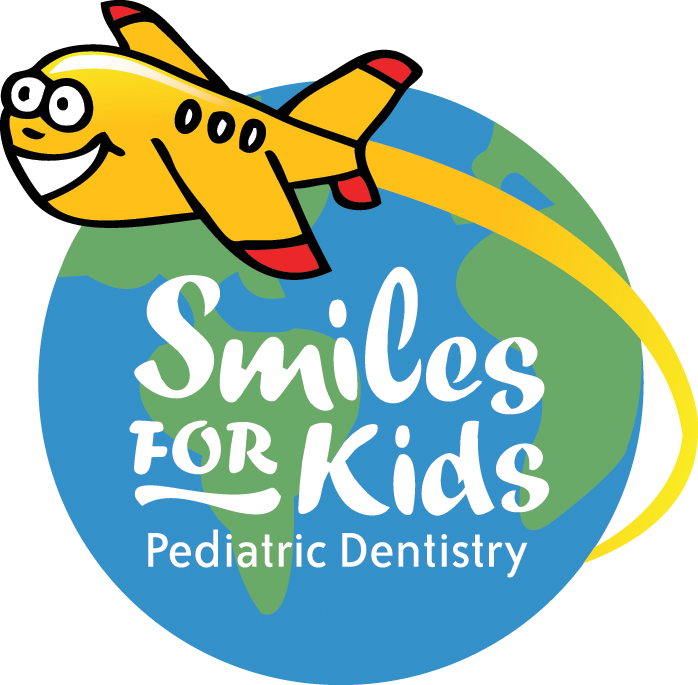The Color of Permanent Teeth
/If you’ve ever wondered, “Why are my child’s new adult teeth yellower than his or her baby teeth?” you are not alone. This is very normal. Our teeth have three layers: enamel, dentin, and pulp. The adult teeth have a naturally more translucent outer enamel layer and a thicker second dentin layer, compared to baby teeth. Therefore, the more yellow second layer shows through easily. The baby teeth are whiter and opaquer, with a thinner dentin layer so less yellow shows through. When the adult teeth are positioned right next to the baby teeth, the contrast can seem drastic, but as adult teeth replace all your child’s baby teeth, it will be less noticeable, and the teeth will all look more uniform.
Are there other things that can affect tooth color? Sure! The foods we eat and beverages we drink can cause staining or discoloration of the teeth. These might include berries, other pigmented foods, fruit juices, sodas, and sports drinks. Drinking water after consuming these foods is a great way to cleanse the teeth to prevent staining.
Accumulation of bacteria-filled plaque and tartar on the teeth can also cause a yellow discoloration. The plaque and tartar can be stained by foods and drinks too. It’s important to brush the teeth twice daily especially after mealtimes, and to visit your dentist every 6 months for a professional teeth cleaning. If you see dark brown or black stain on the teeth, then that tooth might have a cavity, so it is best to check in with your dentist as soon as possible!
There are some growth and development defects of teeth that can cause discoloration that is not caused by poor oral hygiene or diet. These defects include enamel hypoplasia, tetracycline staining, or fluorosis. Hypoplasia is a condition that causes a lesser quantity of enamel than normal, which can appear as a white spot, yellow to brown staining, pits, grooves or even thin, chipped, or missing parts of enamel. In severe cases, the enamel doesn’t develop at all. Hypoplasia can be caused by rare genetic conditions, a high fever during pregnancy, a difficult or pre-term birth, vitamin deficiencies, and more. Tetracycline is a type of antibiotic that is not commonly used in today’s world but has been known to cause an internal grey to brown discoloration of teeth. For this reason, doctors no longer prescribe it to pregnant women or children up to the age of 12.
If you have questions or concerns about the color of your child’s teeth, give us a call! We’re happy to answer your questions and take a look.
Dr. Lindhorst, Dr. Theriot and our Smiles For Kids Team
